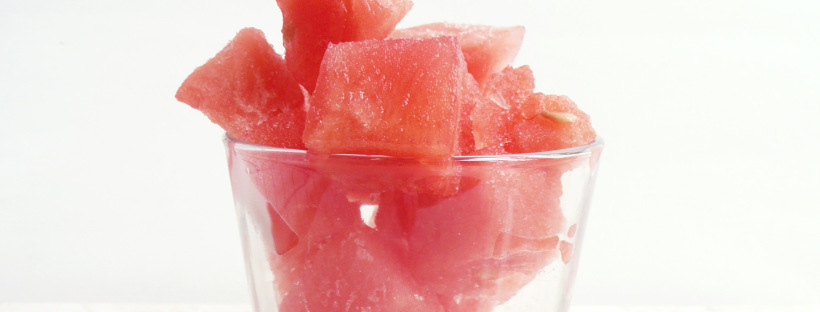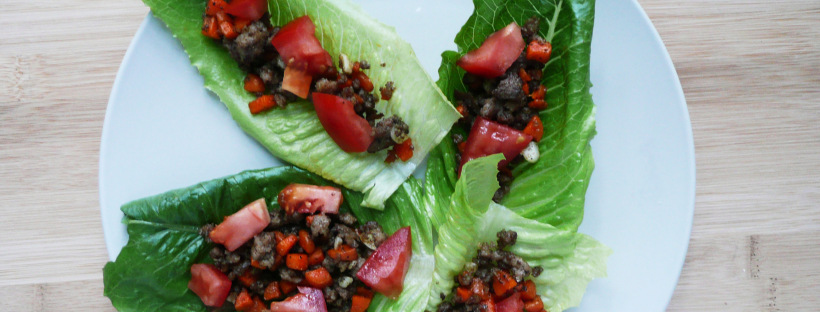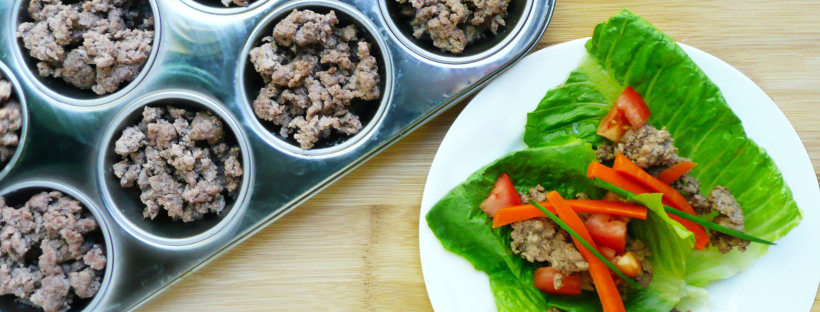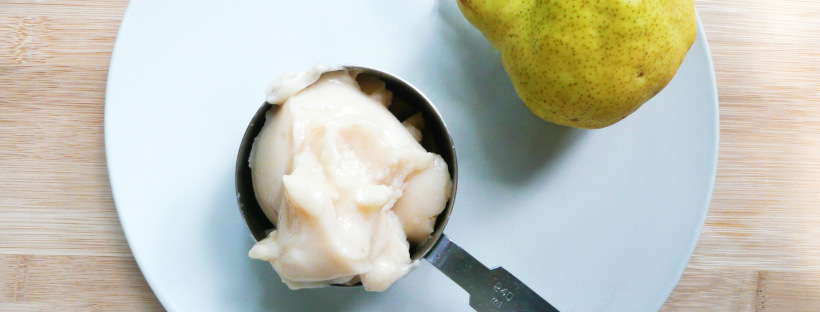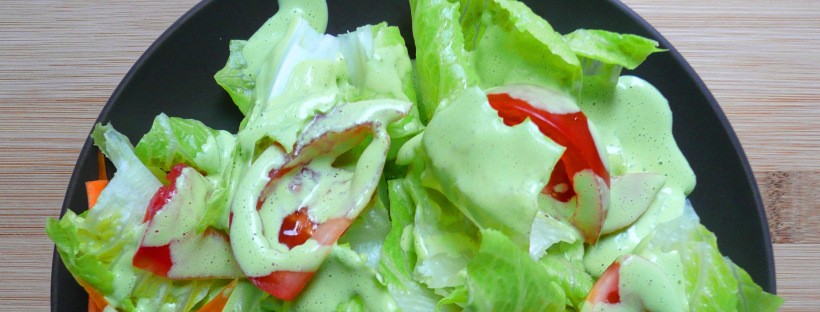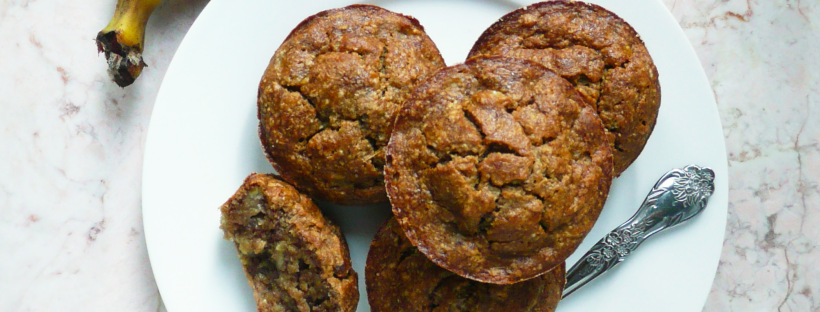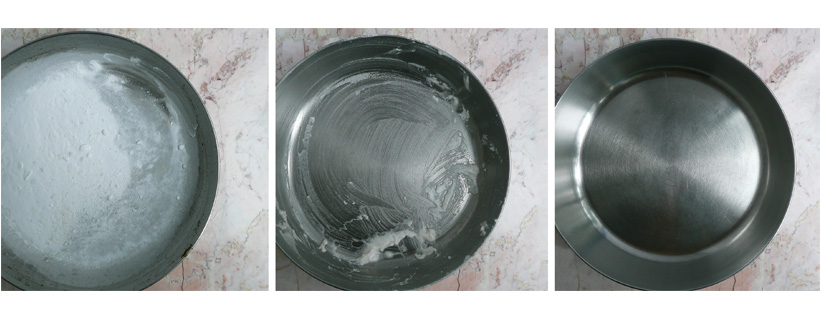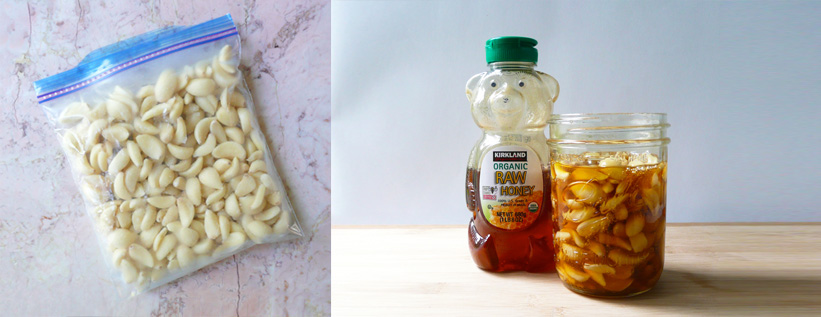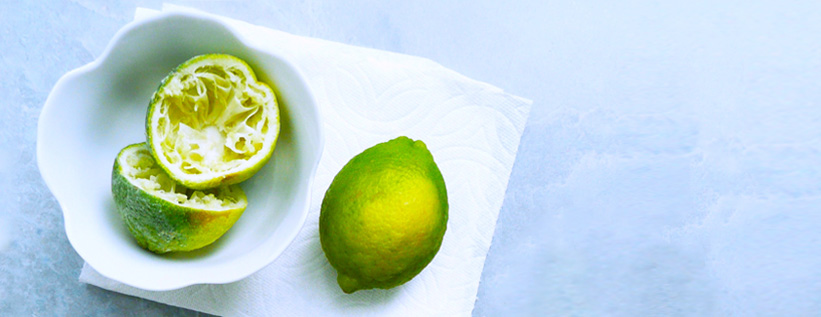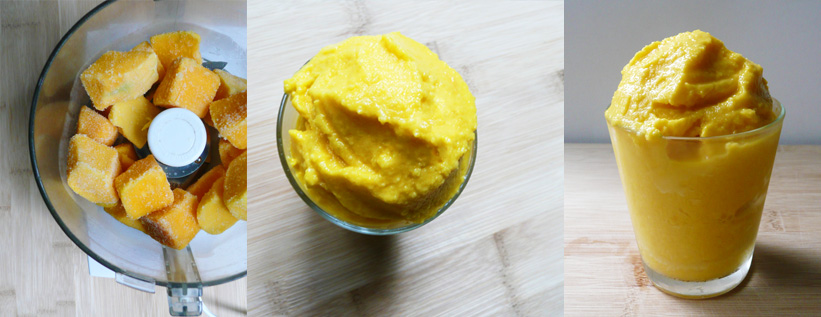A super simple and refreshing dessert for hot summer days.
Category: Leftovers
Easy Weeknight Cumin Lamb Lettuce Cups
These cumin lettuce cups are a snap to make and perfect for a quick and easy weeknight dinner.
How I Save Money On Grass Fed Meat (Without Coupons!)
Here's my quick tip for saving money on grass fed meat without coupons, and an easy and convenient way to keep meat on hand for weeknight dinners.
2 Ingredient Pear Sorbet (No Churn) – Paleo, Vegan, Refined Sugar Free
This pear sorbet is a refreshing and delicious way to use up any pears you might have around the house.
Parsley Green Goddess Dressing Recipe – Paleo, Dairy Free
This Parsley Green Goddess Dressing is the prettiest shade of bright cheerful green. It looks like a jewel in the fridge, and tastes incredible as a dip for carrot sticks, or drizzled over a simple salad.
Banana Bread Muffins – Gluten Free, Dairy Free, Refined Sugar Free, Comfort Baking
This is my go to recipe when I want to do some comfort baking. The scent of warm banana bread muffins wafting through the air makes the world a little softer and everything feel a little more possible.
How To Get A Pan Super Clean
My super easy trick for getting pots and pans sparkling clean without damaging the finish.
What To Do With Leftover Garlic
Here are two ways of storing extra garlic cloves so that you can use them up when you're ready to.
What To Do With Leftover Limes
If you ever find yourself with extra limes, here's how to freeze them so that you can enjoy them whenever you need them.
Mango Lemon Sorbet (No Churn) – Quick and Easy, Vegan, Paleo
Mango Lemon Sorbet is incredibly simple to make, and you don't even need an ice cream maker! It's the perfect treat for a beautiful sunny day.
